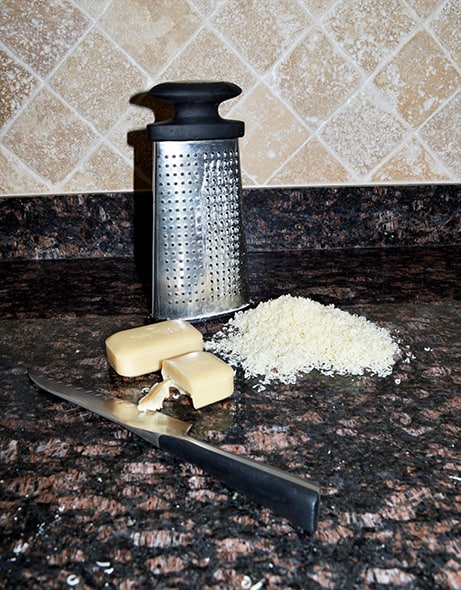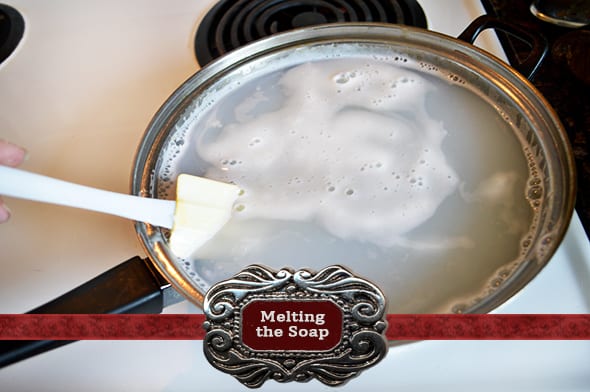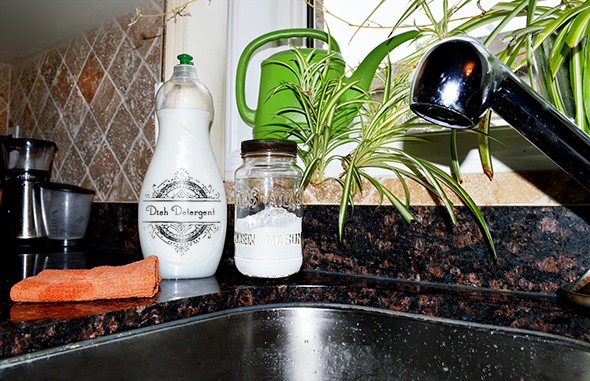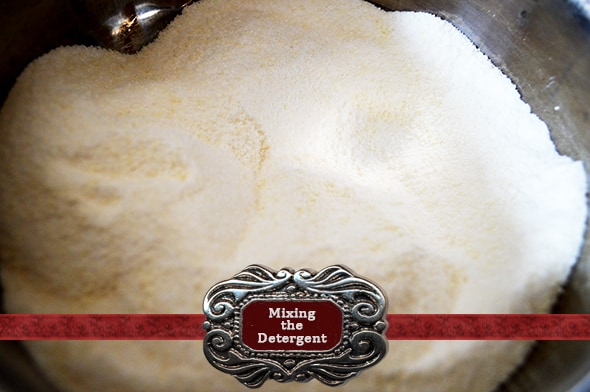As you might have noticed from my last post on homemade pasta noodles, we are a family that loves to indulge in good food! We also love to gather together for morning coffee, afternoon tea parties, hors d’oeuvres and desserts, and decadent dinner parties, sharing together in the tiny moments that make life so wonderful. Of course, what that means is that we have to do a lot of dishes. A LOT.
Since learning more about the harmful chemicals in our personal products, which prompted me to start my own natural cosmetics business, I have slowly been replacing all of the commercial products we previously relied on in our daily life to more healthful, natural products with ingredients that were safe for both my family and for our environment. One of the first places I started was with our dish detergents – after all, we eat off of those dishes!!!!
Today I’ll share with you the recipes I have evolved after tireless research and trial and error and I invite you to do the same. One thing I’ve noticed is that what works for one family in one area may not work for another, so be sure to have patience and keep adapting the formulations to suite your local water conditions and your own personal needs and preferences.
Liquid Dish Detergent
WHAT YOU NEED:
- 3 cups Distilled Water
- 2 tbsp grated Castile Soap (you can use any variety you prefer; some include extra nourishing oils which can feel great on your hands, while many include essential oils which would eliminated your need to add any yourself.)
- 1/4 tsp Washing Soda
- 2 tsp Vegetable Glycerin
- ½ tsp Essential Oil (optional – I love using melon, lemon or orange oils for a really fresh scent!)
WHAT TO DO:
Grate the castile soap using an ordinary kitchen cheese grater; coarse is fine as you will be heating this mixture up. Don’t worry about using your kitchen tools – after all, by using them in this way, you’re simply giving them a good, deep cleaning!
Using a small saucepan over low to medium heat, combine the grated soap, water and washing soda and stir until dissolved. Remove from heat and add in your glycerin and oils once cooled. Stir until well blended – you can whisk the mixture to make it more light and frothy, depending on your personal preference!
Store temporarily in a large container or bucket – I like to use a tall margarine container so I have full access to stir the mixture throughout the day but can otherwise cover it. Allow the mixture to sit for 12-24 hours, stirring occasionally to ensure a smooth consistency. The mixture will thicken substantially, and you may need to add more water to suit your preferences.
Transfer your mixture into a liquid soap dispenser (I simply peeled off the labels from my old commercial dish detergent and rinsed it out!) and your new DIY Dish Detergent is ready to use!
NOTE: Because you have cut out all of the unnecessary and harmful ingredients, your dish detergent will not feel exactly the same as the commercial products you may be accustomed to. Most notably, it will not bubble up as much and may feel more gooey. This does not affect its cleaning power whatsoever! Commercial products add an ingredient called Sodium Lauryl Sulfate (or sometimes Sodium Dodecly Sulfate), a surfactant which causes these products to produce a satisfying lather which we have come to associate with cleaning power. However, this is one of those ingredients that plays with your perceptions and really isn’t a necessary component to an effective dish detergent, but which is a known skin irritant and has been linked in studies to numerous other health and environmental concerns.
(visit http://davidsuzuki.org/issues/health/science/toxics/chemicals-in-your-cosmetics—sodium-laureth-sulfate/ for more details.)
Powder Dishwasher Detergent
WHAT YOU WILL NEED:
- 1 part Washing Soda
- 1 part Oxygen Bleach
- Lemon oil (Use as desired, approximately ¼ tsp to 2 cups mixture. Boosts cleaning power and adds a fresh scent!)
WHAT TO DO:
Combine all ingredients and store in a glass container – I love to use mason jars with painted lids for this!
Use 1-2 tbsp in the detergent compartment of your dishwasher.
Rinse Agent
Are your dishes coming out looking chalky, gritty or dusty? Chances are you have hard water and therefore need to use a rinse agent to cleanse your dishwasher of mineral build up. You may not have noticed this when using commercial dishwasher detergents, as up until just recently most of them included phosphates in their formulations. Phosphates are chemical additives which act as cleaning agents and are particularly effective at removing stains, grease and spots from your dishes. However, since July 1, 2010, the use of phosphates in detergents and soaps was banned – which is fantastic because they are nearly impossible to remove from your waste water and therefore were a large threat to the vitality of lakes and streams.
Obviously, the above recipe for DIY Dishwasher Detergent also does not include any phosphates, and so will require you to use a rinse agent in order to maintain a spot free shine on your dishes – and the inside of your dishwasher. There are many commercial products on the market which offer just that, but not only are they “topped up” with unnecessary ingredients such as blue dyes and water, but their marketing also encourages us to overuse them, which adds more harmful ingredients to our waste water and takes money out of our pocketbooks!
In actuality, you really only need to cleanse the mineral build-up in your dishwashers approximately once every month or two, depending on how hard your water is, and how frequently you use your dishwasher!
WHAT YOU WILL NEED:
- Citric Acid (can be purchased at most grocery stores in the canning section)
- Vinegar (optional)
WHAT TO DO:
With an empty dishwasher, add 1-2 tablespoons of citric acid into your detergent dispenser and run an empty load. If you have a lot of mineral build-up, you may have to do this a few times to get your dishwasher back on track. Do not put any dishes in this load, as the citric acid can pit your silverware, mar the coating on your pots and pans, and erode any paint or design work on your dishes or glassware.
If you would like to add an occasional rinse to your load of dishes (for example, if you are doing a load of glassware or dishes which tend to come out cloudy), you can simply add ½ cup of white vinegar into your dishwasher when it enters into the rinse cycle.
NOTE: Many people will suggest you add vinegar or lemon juice into the rinse compartment of your dishwasher, however newer models of dishwashers are sometimes made with rubber linings or tubes which can be eroded by this, thereby voiding your warranty at best and wrecking your dishwasher at worst! You will get the same results simply by opening your dishwasher and adding in the vinegar at the appropriate time, though this is a little more of a hassle, it’s certainly worth the risk in my books!
By Contributor Aleisha Bonin





This is really cool, I hate the blue dyes in the big name detergents.